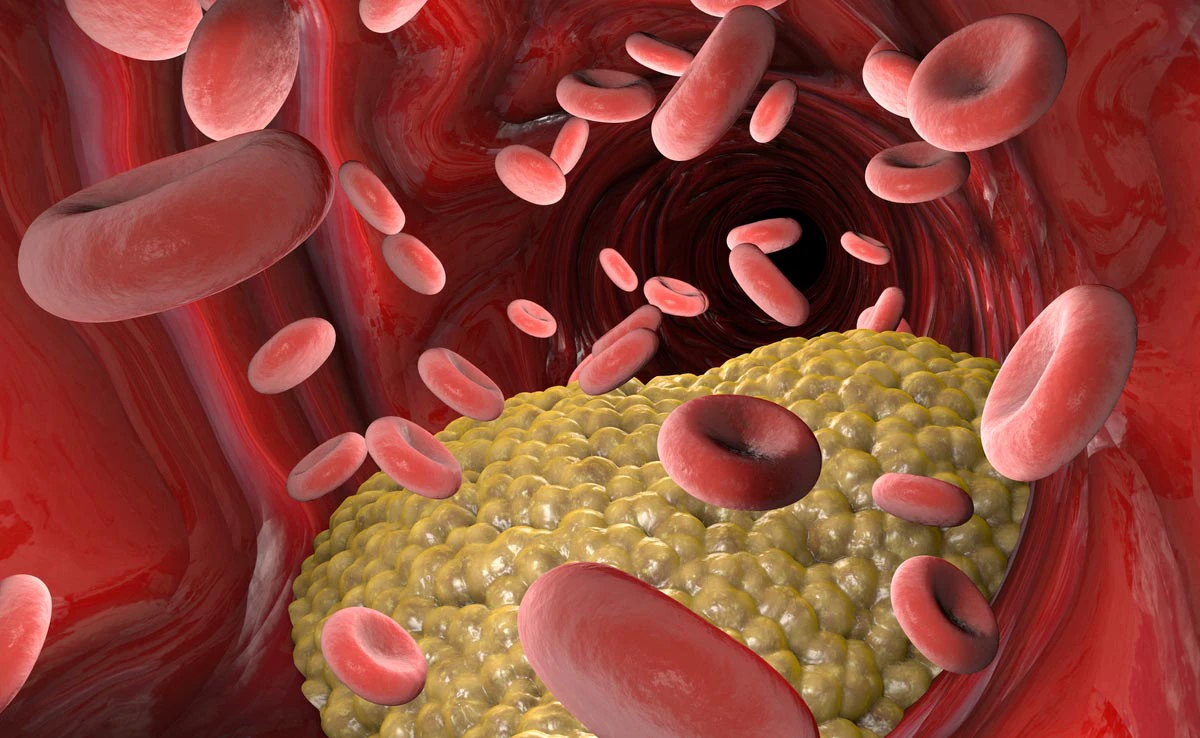High cholesterol is a well-known risk factor for heart disease. As you age, the risk for high cholesterol goes up. As you age, the body can’t clear cholesterol from the blood effectively, which leads to poor cholesterol levels, increasing the risk for heart disease and stroke.
However, kids and teens can have high triglyceride levels without any obvious symptoms. So, how do you know if your child has high cholesterol or high triglycerides? Keep reading to know what our expert has to say.
Cholesterol in children: What you need to know
There are two major categories of lipids: cholesterol and triglycerides. While cholesterol is mainly produced by the liver and found minimally in our diet, triglycerides are entirely derived from dietary sources.
Good Vs Bad Cholesterol
“Lipoproteins serve as carriers for these lipids (cholesterol and triglycerides) in our blood. Universally, we refer to LDL (low-density lipoprotein) as the ‘bad’ cholesterol, as this carrier causes cholesterol buildup in blood vessels. HDL (high-density lipoprotein), on the other hand, is often referred to as the ‘good’ cholesterol as it helps clear LDL from the bloodstream,” explained Dr. Trishya Reddy, Paediatric Endocrinologist at Manipal Hospital Whitefield
Causes of high cholesterol in children
Dr. Reddy further explained that high cholesterol in children can be primary or secondary. “Primary hypercholesterolemia is less frequent and occurs due to genetic mutations. On the other hand, secondary hypercholesterolemia is prevalent many-fold and occurs secondary to other conditions. The first and foremost cause is obesity. Others include hypothyroidism, nephrotic syndrome, and obstructive liver disease.”
After COVID-19, paediatric obesity can be a new pandemic
“Paediatric obesity has emerged as the new pandemic of the 21st century, especially due to the sharp incline in sedentary lifestyle since the COVID-19 pandemic,” mentioned Dr. Reddy.
According to the World Health Organisation, in 2024, 35 million children under the age of 5 were overweight. Additionally, over 390 million children and adolescents aged 5-19 years were overweight in 2022, including 160 million who were living with obesity.
“Epidemiological evidence globally suggests that the number of obese children and adolescents has increased by 10-fold in the last 40 years. Insulin resistance is the driving force to develop metabolic complications in obesity and leads to various metabolic complications such as prediabetes, type 2 diabetes mellitus, hypertension, dyslipidemia, fatty liver and cardiovascular disease,” she added.
When and how to screen children
According to the American Academy of Paediatrics (AAP) and National Heart, Lung, and Blood Institute (NHLBI), ‘universal screening’ by testing lipid profile is strongly recommended for all children between 9 and 11 years of age. “Children whose one or both parents have high cholesterol and children with obesity, diabetes or hypertension should be especially screened. It is essential to be aware that children have different cut-offs for each parameter in the lipid profile, and it is ideal to consult a paediatric endocrinologist for accurate guidance and management,” the expert advised.
Lifestyle modifications
Lifestyle modifications remain the cornerstone in managing high cholesterol levels in children. Dr. Reddy shared the following recommendations:
- “Avoiding junk food, sugary drinks, chips, chocolates, processed food, and fried food is fundamental. Try rewarding your child with a cheat treat once every 2 weeks, provided clean, healthy eating is followed throughout the fortnight.”
- Eating healthy, home-cooked, well-balanced meals while including more fruits, veggies, protein and fibre.
- “Water intake is often neglected by children and optimising daily water intake is crucial,” she added.
- Regular exercise can help reduce insulin resistance, improving lipid profile. At least 30 to 45 minutes of moderate-to-vigorous physical activity every day is recommended for children.
“Unlike adults, medications in children are approved only after 8-10 years of age and are more often indicated for the genetic causes of hypercholesterolemia,” Dr. Reddy concluded.
